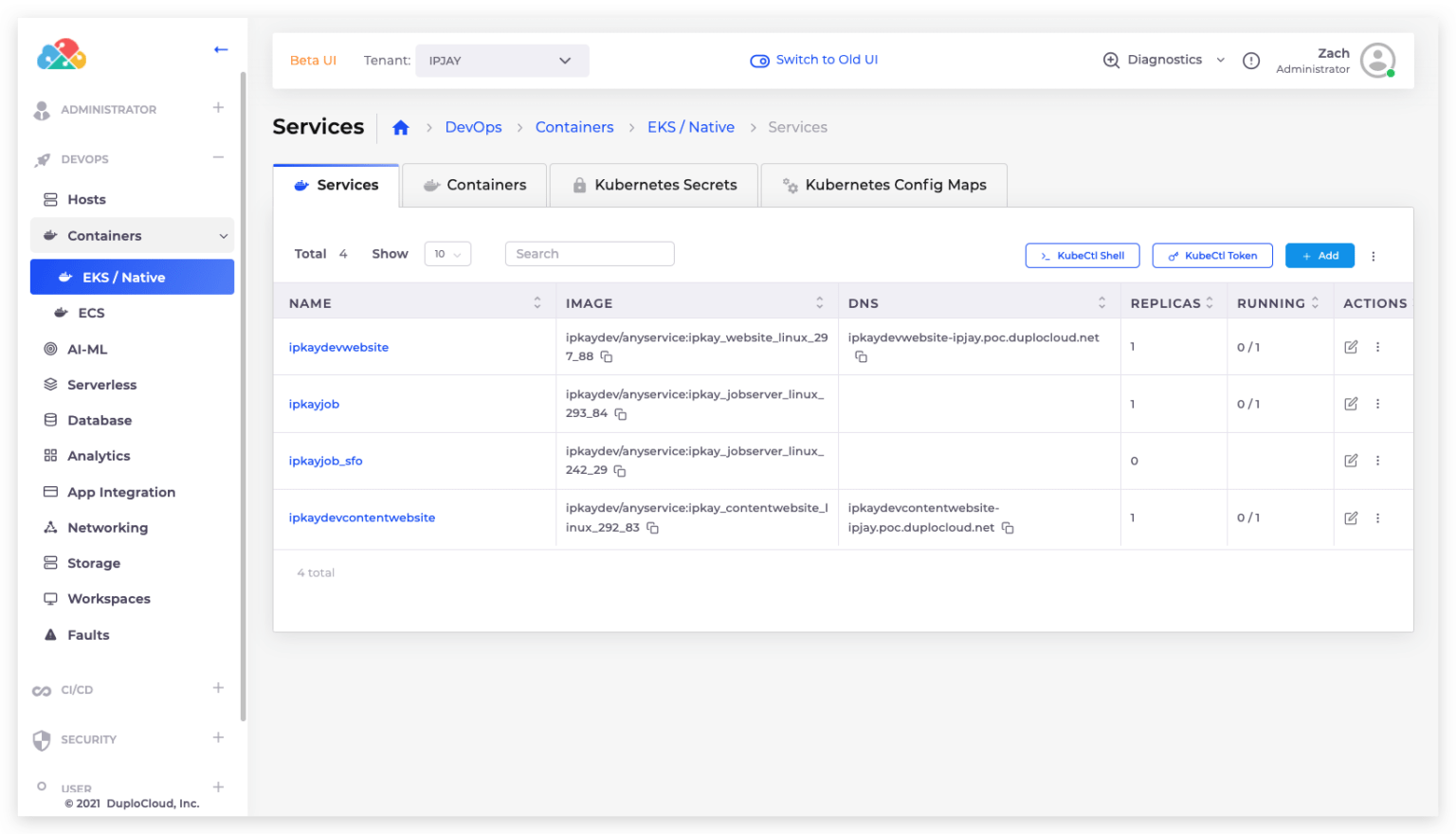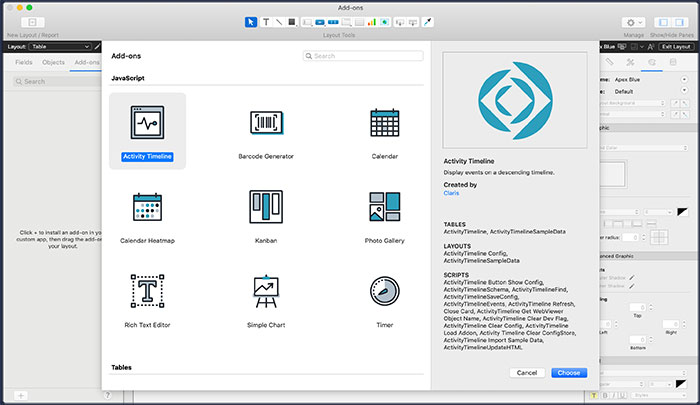While they are similar, low-code and no-code development have key differences
While both low-code and no-code are meant to shorten development pipelines and break down organizational silos, business managers need to be aware of the differences between low-code vs no-code. The two expedited forms of development have nuances, with implications for how they’ll impact a company and its processes. Here’s an overview of the differences between the two methods, how they differ from traditional development, and examples of no-code/low-code platforms currently on the market.
Jump to a section…
The Differences of Low-Code vs No-Code Software Development
What Is No Code Software Development?
What Is Low-Code Software Development?
How Traditional Development Differs From Low-Code and No-Code
No-Code vs Low-Code in Real Life
Choosing a Low-Code Application
Choosing a No-Code Application
Low-Code vs No-Code for Complex Software
Ready to take your understanding of low-code & no-code further? Check out Low-Code/No-Code Software Development: A Comprehensive Guide.
The Differences of Low-Code vs No-Code Software Development
Gartner predicts that 80% of technology products and services will be built by people other than development professionals by 2024. Ultimately, this is a good thing; more people are transitioning from traditional development to low-code and no-code, which means more people are able to innovate in the tech industry. But what is low-code/no-code development, and how do the two terms differ?
What Is No-Code Software Development?
No-code platforms allow users to create applications and/or underlying technical underpinnings through simple graphical user interfaces, all without writing code. Creators with no pre-existing knowledge of software development can build applications that fit their needs, and those in supporting roles can build and automate the systems necessary to run applications, including those native to public cloud infrastructures like AWS or GCP.
No-code platforms often feature templates and simple menus for application customization. While some no-code platforms provide the framework for designing front-end applications, such as website builder Squarespace, others focus on providing citizen developers with the tools they need to automate simplistic and menial internal tasks, allowing dedicated development teams to direct their energy on more specialized, time-consuming work.
For a more detailed explanation, check out our full article, “What are No-Code Platforms?”
What Is Low-Code Software Development?
Low-code software development allows for lean code that is either prefabricated or auto-generated, typically created in a simple graphical interface that can interpret and fill in the blanks. The finished product can be of similar or better quality as something hand crafted, all at a fraction of the time and cost.
According to Gartner, an Enterprise Low-Code Application Platform features:
- UI capabilities through responsive web and mobile applications.
- Orchestration or choreography of pages, business processes, and decisions or business rules.
- A built-in database.
- "One button" deployment of applications.
From-scratch development is becoming more complicated, increasing the chances of human error-caused security breaches, as well as other issues. Low-code development reduces the likelihood of those issues reaching the final product, and can ensure compliance with standards such as GDPR, PCI-DSS, HIPAA, and more.
For more information, check out our article, “What are Low-Code Platforms?”
How Traditional Development Differs From Low-Code and No-Code
Traditional development is costly, complicated, and time-consuming, requiring large teams of developers and months — if not years — to complete. Traditional development also requires significantly more maintenance than no-code and low-code. The latter two will typically have automated maintenance procedures baked into the software service, while the former has to have maintenance performed manually.
No-code/low-code solutions are becoming universal. In our survey of 300 engineering leaders, we found that no-code/low-code cloud automation adoption is expected to hit >90% by 2025. Learn more with your free copy:

No-code and low-code development allow for lean teams, reducing annual costs and labor. In October 2019, there were more than 900,000 unfilled IT positions in the US alone, and the situation hasn’t improved. Demand for IT professionals is expected to grow 13% by 2030, while demand for software developers is expected to grow by 22%, according to the Bureau of Labor Statistics. The industry is currently ill-equipped to meet these needs.
Thus the need for no-code and low-code development platforms, which allow less-specialized employees to assist dedicated development teams with building and maintaining complex applications. Because many rudimentary tasks can be standardized and automated, no-code and low-code platforms provide opportunities for organizations to decrease deployment speeds, rapidly test and iterate, and reduce the chance of introducing human error.
No-Code vs Low-Code in Real Life
No-code and low-code development isn’t new; the term “low-code” originated in a 2011 Forrester report on emerging productivity platforms. These services are now accessible for both companies and consumers, making it far easier to launch and maintain applications.
Choosing a Low-Code Application
DuploCloud
by DuploCloud, Inc.
Website: duplocloud.com
Designing cloud-native applications requires months of manual configuration to ensure security and regulatory compliance. DuploCloud offers low-code cloud Infrastructure-as-Code automation with built-in security and compliance with their terraform provider, reducing development times by a factor of ten.
Organizations still require development teams with dedicated coding knowledge to build their applications. However, the DuploCloud platform greatly reduces the time needed for coding cloud infrastructure, and automates diagnostics, reporting, CI/CD pipeline implementation. These tools allow development teams to build, migrate, and deploy their on-premises applications to the cloud with ease.
Choosing a No-Code Application
Caspio
By Caspio, Inc.
Website: caspio.com
Caspio specializes in providing a no-code platform for creating cloud-based, fully searchable database applications. Citizen developers can use the visual point-and-click development and automation tools to design flexible applications, while dedicated development teams can integrate them — along with any necessary data — into any web property.
Claris Filemaker
by Claris International Inc.
Website: claris.com/filemaker
Claris Filemaker was originally developed in the 1980s, and has since evolved into a fully-featured no-code business application development platform. Users can drag-and-drop pre-built elements like calendars and photo galleries to customize programs to their needs, or rely on templates for quickly designing business-ready CRMs, content libraries, and more.
Low-Code vs No-Code for Complex Software
Typically, no-code development is intended for simple, front end applications, though several organizations are making strides in providing more robust tools within a no-code framework. That said, more complex operations should look to low-code software development solutions for their increased flexibility and customizability.
Low-code development gives developers finer control over their end product, while simultaneously reducing operational strain. Traditionally, developing complex software is costly, and prone to human error. Low-code software can reduce the financial cost of deploying cloud applications and speed up the development pipeline by 10x while minimizing mistakes.
For organizations to be successful with low-code development, they need to find a manageable, intuitive partner platform. DuploCloud meets those needs, helping organizations create cloud compliant applications at a fraction of traditional development's cost and time investment. DuploCloud eliminates human error from the equation with its low-code solution, enabling a faster go-to-market time without sacrificing quality or security. If you’re interested in learning more, contact us today.











